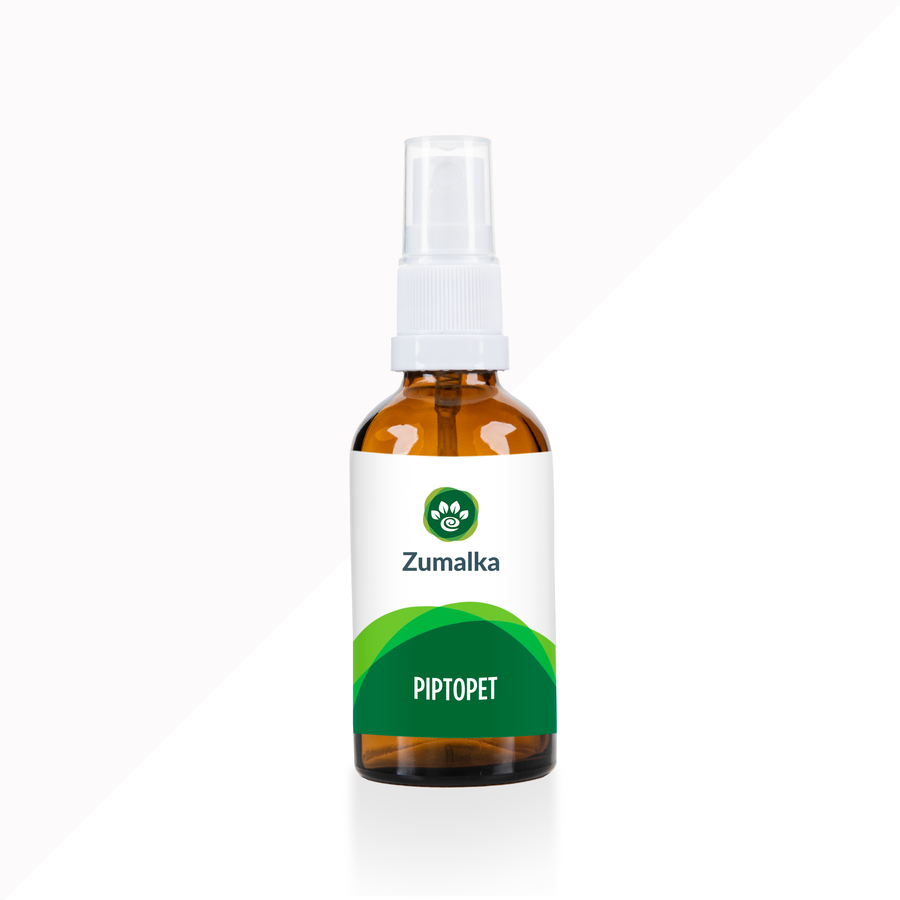Vet-Verified: Cat Ringworm 101 – Essential Facts for Every Pet Owner
List of Contents
- What Causes Ringworm and How Do Cats Get It?
- Is Your Cat at a Higher Risk? Key Predisposing Factors
- Recognizing the Signs: What Does Cat Ringworm Look Like?
- How Vets Diagnose Ringworm: Confirming the Infection
- The Three-Pronged Attack: How to Effectively Treat Ringworm in Cats
- SILVERPET: A Premium Natural Option for Cat Ringworm
- The Zoonotic Risk: Can I Catch Ringworm From My Cat?
- Key Takeaways
- FAQs
Despite its name, ringworm isn’t a worm at all! It’s a common fungal infection affecting the skin, hair, and nails. Known medically as dermatophytosis, this condition is highly treatable and frequently seen in cats and other animals.
Ringworm in cats is rarely serious, but it spreads quickly to other pets and humans. With proper treatment and thorough cleaning, it can be managed effectively. This guide covers everything you need to know.
What Causes Ringworm and How Do Cats Get It?
The most common cause of ringworm in cats is a fungus called Microsporum canis, part of the dermatophyte group. These fungi feed on keratin, a protein found in the outer layers of a cat’s skin, hair, and nails.
- Ringworm is highly contagious and spreads through direct contact with an infected cat, person, or other animal. The fungus can be transferred through petting, handling, or grooming. Even brief contact is enough to pass on the infection, making early detection and isolation important.
- Ringworm in cats can also spread through contact with contaminated objects such as bedding, furniture, brushes, or food bowls. Because the fungal spores can survive on surfaces for up to 18 months, regular cleaning and disinfection are crucial for prevention.
- Some species of ringworm-causing fungi naturally live in soil, making outdoor exposure another risk for cats. Even brief contact with contaminated ground can lead to infection, especially in curious or outdoor cats.
Is Your Cat at a Higher Risk? Key Predisposing Factors
Young kittens are especially prone to ringworm due to their immature immune systems. Senior cats and those with compromised immunity, such as from FIV, FeLV, or other illnesses, also face a higher risk of infection.
Long-haired cat breeds are more prone to ringworm because their dense coats can trap fungal spores. Inadequate grooming makes it harder to remove these spores, increasing the risk of infection.
Cats living in crowded environments like shelters or catteries, or in warm, humid climates, face a higher risk of ringworm infection. Skin trauma, from scratches, bites, or parasites, can also make it easier for the fungus to take hold.
Recognizing the Signs: What Does Cat Ringworm Look Like?
 The condition is named for the classic ring-shaped lesion it produces, a circular, red, scaly patch with central clearing that resembles a ring.
The condition is named for the classic ring-shaped lesion it produces, a circular, red, scaly patch with central clearing that resembles a ring.Common signs of ringworm in cats include crusty, scaly skin that may look like dandruff. Affected areas can also develop red, inflamed lesions that indicate irritation and fungal infection.
Frequent scratching or over-grooming can be a sign of ringworm in cats, triggered by irritated or itchy skin. This behavior may spread the infection to other areas of the body. In rarer cases, ringworm affects the claws, leading to rough, brittle, or deformed nails.
Some cats, especially long-haired breeds, can carry and spread ringworm without showing any visible symptoms. Because of this, all pets in the household should be tested and possibly treated to prevent ongoing transmission.
How Vets Diagnose Ringworm: Confirming the Infection
A Wood's lamp uses ultraviolet light to screen for ringworm by highlighting some strains of Microsporum canis with a yellow-green fluorescence. While helpful for early detection, it’s not always reliable and should be confirmed with additional testing.
Fungal culture remains the most accurate method for diagnosing ringworm in cats, as it identifies the fungus by growing it from skin or hair samples. However, results can take several weeks, so it’s often used alongside quicker screening tools.
PCR testing is the fastest way to diagnose ringworm in cats, detecting fungal DNA directly from hair samples. This advanced method not only confirms infection but also quickly identifies the specific species involved.
The Three-Pronged Attack: How to Effectively Treat Ringworm in Cats

Topical therapy is an essential part of treating ringworm in cats, as it kills fungal spores on the coat and reduces spread. Veterinarians may prescribe antifungal creams, medicated shampoos, or rinses such as lime-sulfur or miconazole to manage the infection effectively.
In most cases, cats with ringworm need oral antifungal medication to fully clear the infection. Drugs such as itraconazole or terbinafine target the fungus from within, ensuring more effective treatment.
Treating ringworm in cats takes time, often requiring at least 4 to 6 weeks and sometimes several months of consistent care. It’s essential to complete the full course of treatment prescribed by the veterinarian, even if symptoms seem to improve early.
At-home support for feline ringworm
Natural remedies can sometimes soothe a cat’s skin during ringworm treatment, but they are considered supportive treatments and often not enough to eradicate the ringworm like vet treatments. A commonly used option is diluted apple cider vinegar, which may be applied topically under the guidance of a veterinarian or qualified pet care professional.
Cooled chamomile tea can be gently applied to the skin to help relieve itching and inflammation in cats with ringworm. Colloidal silver is another natural remedy that may be applied to affected areas, but it should only be used under professional supervision.
Home decontamination is your best defense against cat ringworm
Decontaminating your home is one of the most important steps in managing ringworm in cats. Thorough cleaning helps prevent your pet from becoming reinfected and protects other animals and people in the household.
To reduce the spread of ringworm, infected cats should be isolated in a single, easy-to-clean room. Daily vacuuming and washing all bedding, blankets, and toys in hot water are essential steps to eliminate fungal spores.
Disinfecting household surfaces is vital to stopping the spread of ringworm spores. Effective options include a 1:10 dilution of household bleach or veterinary-approved cleaners like accelerated hydrogen peroxide.
SILVERPET: A Premium Natural Option for Cat Ringworm
As mentioned, colloidal silver is a natural option that may help support cats dealing with ringworm. For pet owners seeking a trusted product, Zumalka’s SILVERPET offers a premium solution worth considering.
SILVERPET, made with colloidal silver, helps strengthen a cat’s immune system and supports natural healing, whether used preventively or alongside veterinary treatment. It can be given both orally and topically to soothe the skin and combat infection. It provides broad-spectrum protection without known side effects.
The Zoonotic Risk: Can I Catch Ringworm From My Cat?
Cats with ringworm can pass the infection to humans through direct contact or contaminated objects. Those most at risk include children, older adults, and individuals with weakened immune systems. However, it’s important to note that anyone can become infected.
Proper hygiene is vital when handling a cat with ringworm! Always use gloves, wash your hands thoroughly, and consult a doctor immediately if you notice a red, itchy, ring-shaped rash on your skin.
Key Takeaways
Ringworm in cats is a common but treatable fungal infection that calls for patience and consistent care. With proper treatment and home decontamination, you can successfully eliminate the infection and protect both your pet and family.
A full recovery from ringworm in cats relies on more than just medication. It requires consistent veterinary care, thorough home cleaning, and patience. By combining these efforts, you can stop the infection, prevent reinfection, and keep your household safe.
If you suspect your cat has ringworm, contact your veterinarian right away for an accurate diagnosis and a tailored treatment plan. You should also consult a certified pet homeopath for additional natural support and guidance.
FAQs
How do you treat ringworm on a cat naturally?
Natural support for treating ringworm in cats includes diluted apple cider vinegar, cooled chamomile tea, or colloidal silver. These remedies may help soothe skin, but they should ideally complement, not replace, veterinary diagnosis and antifungal treatment.
How to know if ringworm is healing in cats?
Healing ringworm in cats shows as reduced redness, less itching, and regrowth of healthy fur on affected patches. Consistent veterinary treatment and home cleaning are essential to ensure complete recovery and prevent reinfection.
How to live with a cat with ringworm?
Living with a cat with ringworm requires isolating them in an easy-to-clean room, practicing strict hygiene, disinfecting surfaces, and following appropriate treatment. These steps protect other pets and people while supporting your cat’s recovery.
How do you clean your house if your cat has ringworm?
To clean your house after a cat ringworm diagnosis, vacuum daily, wash bedding and toys in hot water, and disinfect surfaces with diluted bleach or veterinary-approved cleaners to remove stubborn fungal spores.
What is the fastest way to get rid of cat ringworm?
The fastest way to get rid of cat ringworm is prompt veterinary treatment combining oral antifungal medication, topical therapy, and strict home decontamination. This comprehensive approach clears infection effectively while preventing reinfection and protecting your household.
How often should a cat bathe with ringworm?
Cats with ringworm typically need medicated baths twice weekly, as directed by a veterinarian. Regular bathing helps remove fungal spores, reduce contagiousness, and support faster healing when combined with oral treatment and home cleaning.









Leave a comment